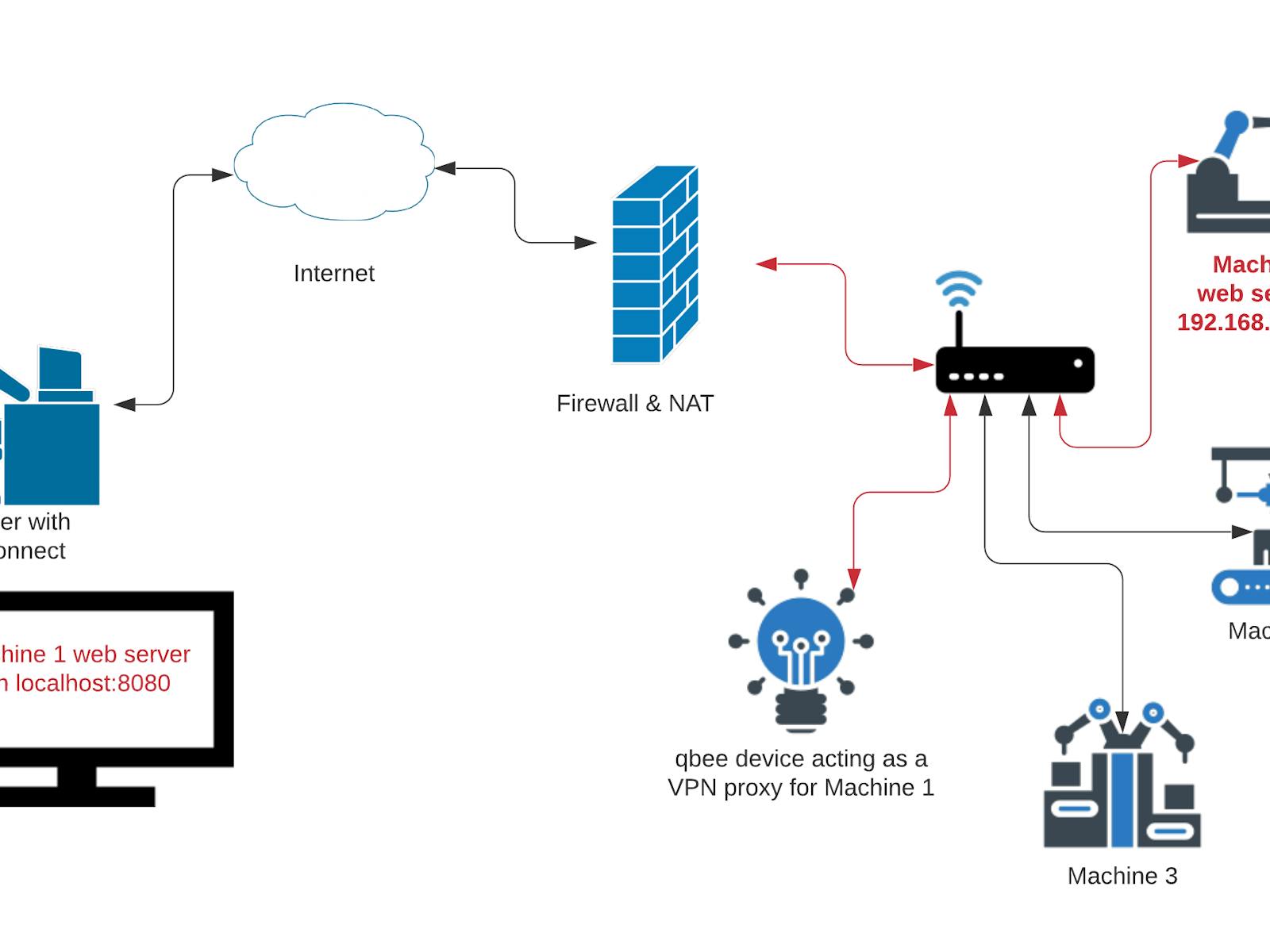Unlocking the potential of SSH remote access behind a router can transform how you manage your devices and networks from anywhere in the world. Secure Shell (SSH) is a powerful protocol that allows you to securely connect to remote systems, but when your device is behind a router, additional steps are necessary to ensure seamless access. This guide will walk you through everything you need to know about configuring SSH remote access behind a router, ensuring security, and troubleshooting common issues.
Whether you're a network administrator, a tech enthusiast, or someone who needs to access their home server remotely, understanding how to set up SSH remote access behind a router is crucial. Many people struggle with port forwarding, dynamic DNS, and firewall configurations, but with the right approach, you can overcome these challenges. By the end of this article, you'll have a clear understanding of the steps required to establish a secure and reliable SSH connection.
Remote access isn't just about convenience; it's also about productivity and security. When configured correctly, SSH remote access behind a router allows you to manage files, run commands, and monitor systems without exposing your network to unnecessary risks. In this guide, we'll cover everything from basic setup to advanced configurations, ensuring you have the tools and knowledge to succeed.
Read also:Discovering The Legacy Of Pat Preist A Journey Through Art And Influence
Table of Contents
- What is SSH Remote Access?
- Why Do You Need SSH Remote Behind a Router?
- How to Set Up SSH Remote Access Behind a Router?
- What Are the Common Challenges with SSH Remote Behind a Router?
- How to Troubleshoot SSH Remote Access Issues?
- Is SSH Remote Behind a Router Secure?
- Best Practices for SSH Remote Access
- Tools and Resources for SSH Remote Access
- Can You Use Dynamic DNS for SSH Remote Behind a Router?
- Frequently Asked Questions
What is SSH Remote Access?
SSH remote access is a secure method of connecting to a remote device or server over an unsecured network. It uses encryption to protect data during transmission, ensuring that sensitive information remains confidential. SSH is widely used by system administrators, developers, and IT professionals to manage servers, transfer files, and execute commands remotely.
SSH operates on the client-server model, where the client (your local machine) initiates a connection to the server (the remote device). Once connected, you can perform tasks as if you were physically present at the server's location. SSH remote access behind a router adds complexity because the router acts as an intermediary, requiring proper configuration to allow traffic to reach the intended device.
Why Do You Need SSH Remote Behind a Router?
Accessing a device remotely behind a router is essential for various reasons. For instance, you may need to manage a home server, troubleshoot network issues, or retrieve files while traveling. Without proper setup, the router's NAT (Network Address Translation) can block incoming SSH connections, making remote access impossible.
By configuring SSH remote access behind a router, you gain the ability to control your devices from anywhere. This setup is particularly useful for businesses that rely on remote work or individuals who want to maintain their home networks without being physically present. Additionally, SSH provides a secure alternative to less secure protocols like Telnet.
How to Set Up SSH Remote Access Behind a Router?
Setting up SSH remote access behind a router involves several steps, including configuring port forwarding, setting up a static IP address, and enabling SSH on your target device. Below is a step-by-step guide to help you get started:
- Assign a Static IP Address: Ensure the device you want to access remotely has a static IP address within your local network.
- Enable SSH on the Device: Configure the SSH server on your target device (e.g., a Linux machine or Raspberry Pi).
- Access Your Router's Admin Panel: Log in to your router's web interface using its IP address (e.g., 192.168.1.1).
- Set Up Port Forwarding: Forward the SSH port (default is 22) to the static IP address of your device.
- Test the Connection: Use an SSH client (like PuTTY or OpenSSH) to connect to your public IP address.
What Are the Common Challenges with SSH Remote Behind a Router?
While setting up SSH remote access behind a router, you may encounter several challenges. These include:
Read also:Brett Dier Net Worth Unveiling The Journey Of A Rising Star
- Port Forwarding Issues: Incorrect port forwarding settings can prevent SSH connections.
- Firewall Restrictions: Firewalls on the router or the target device may block SSH traffic.
- Dynamic IP Addresses: If your ISP assigns a dynamic public IP, your connection details may change frequently.
- Security Risks: Exposing SSH to the internet increases the risk of unauthorized access.
How to Troubleshoot SSH Remote Access Issues?
If you're unable to establish an SSH connection, follow these troubleshooting steps:
- Verify that SSH is enabled on the target device.
- Double-check your router's port forwarding settings.
- Ensure your firewall allows traffic on the SSH port.
- Test the connection using your local network IP address to rule out external issues.
Is SSH Remote Behind a Router Secure?
SSH remote access behind a router can be secure if configured correctly. SSH encrypts all data transmitted between the client and server, protecting it from eavesdropping. However, exposing SSH to the internet introduces risks, such as brute-force attacks and unauthorized access attempts.
To enhance security, consider implementing the following measures:
- Use strong passwords or SSH key authentication.
- Change the default SSH port from 22 to a non-standard port.
- Disable password authentication and rely solely on SSH keys.
- Use a firewall to restrict access to trusted IP addresses.
Best Practices for SSH Remote Access
Adhering to best practices ensures a smooth and secure SSH remote access experience. Here are some recommendations:
- Regularly update your SSH server software to patch vulnerabilities.
- Monitor SSH logs for suspicious activity.
- Limit SSH access to specific users or groups.
- Use a VPN as an additional layer of security.
Tools and Resources for SSH Remote Access
Several tools and resources can simplify SSH remote access behind a router:
- PuTTY: A popular SSH client for Windows.
- OpenSSH: A free SSH client and server for Linux and macOS.
- No-IP or DuckDNS: Dynamic DNS services to handle changing public IPs.
- Fail2Ban: A tool to protect against brute-force attacks.
Can You Use Dynamic DNS for SSH Remote Behind a Router?
Yes, dynamic DNS (DDNS) is an excellent solution for managing SSH remote access behind a router when your ISP assigns a dynamic public IP address. DDNS services map a domain name to your changing IP address, ensuring your SSH connection remains stable.
To set up DDNS, sign up for a service like No-IP or DuckDNS, configure it on your router, and update your SSH client to use the domain name instead of the IP address.
Frequently Asked Questions
What is SSH Remote Access Behind a Router?
SSH remote access behind a router allows you to securely connect to a device within your local network from an external location. This requires configuring port forwarding and other settings to enable external access.
How Do I Secure My SSH Remote Access?
To secure SSH remote access, use strong passwords, enable SSH key authentication, change the default port, and restrict access to trusted IPs.
Can I Use SSH Remote Access Without Port Forwarding?
While port forwarding is the most common method, alternatives like reverse SSH tunnels or third-party services (e.g., ngrok) can also enable SSH remote access without modifying router settings.
Why Does My SSH Connection Keep Timing Out?
An SSH connection may time out due to incorrect port forwarding, firewall restrictions, or network instability. Troubleshoot by verifying your settings and testing the connection locally.
In conclusion, mastering SSH remote access behind a router empowers you to manage your devices securely and efficiently. By following the steps and best practices outlined in this guide, you can overcome common challenges and ensure a reliable connection. Whether you're troubleshooting issues or exploring advanced configurations, this article serves as a comprehensive resource for all things related to SSH remote behind a router.

